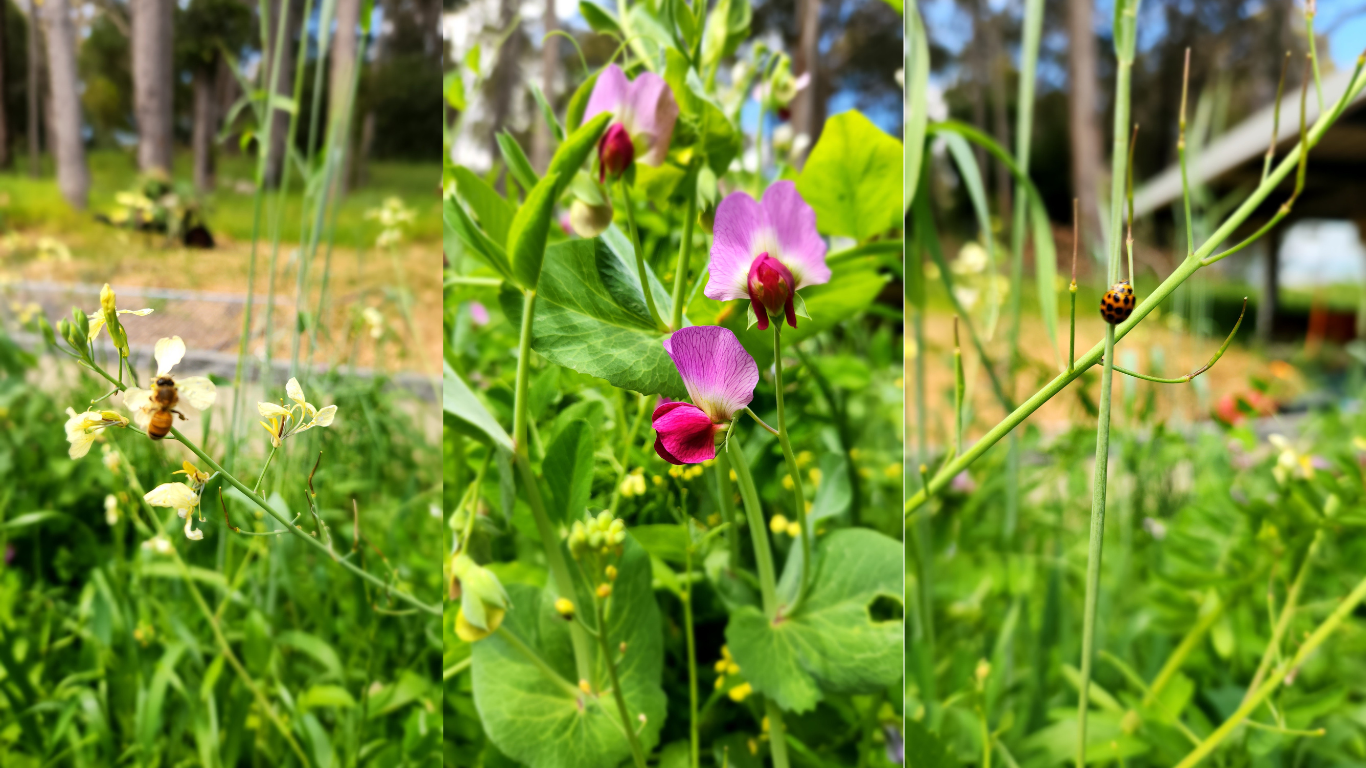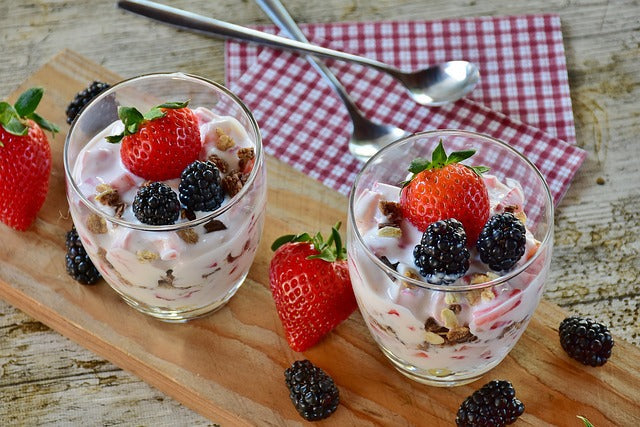Caring for indoor plants goes beyond just watering and ensuring they get enough sunlight. A key aspect of plant health that often gets overlooked is fertilisation. However, fertilisation doesn’t need to be complicated or rely on synthetic, non-organic products. At Soil Dynamics we believe in keeping gardening simple and using natural, soil-focused fertilisers that nourish the earth, allowing your plants to access what they need when they need it. In this guide, we’ll discuss how often you should fertilise your indoor plants and how our fertilising approach benefits both your plants and the environment.
Why Fertilising Your Indoor Plants is Important
Just like us, plants need proper nutrition to thrive. Over time, the nutrients in the soil can be depleted through plant growth, so replenishing these nutrients is essential for maintaining healthy, vibrant plants. However, instead of relying on synthetic fertilisers, which often focus on quick-release nutrients that can harm the soil over time, our fertilisers are designed to feed the soil itself. This process ensures a healthier environment for the plants, promoting long-term vitality without overstimulating the roots.
Understanding Plant Growth Cycles and Feeding the Soil
Every plant has a natural growth cycle, and understanding this cycle is key to fertilising correctly. The goal is to nourish the soil in a way that allows the plant to access the nutrients it needs at the right time, supporting healthy growth and minimising stress.
- Active Growth (Spring & Summer): During warmer months, plants enter their active growth phase, requiring more energy to support new leaves, flowers, and roots. Fertilising during this phase helps provide the necessary nutrients to the soil, so your plants can access the food they need without overfeeding.
- Dormancy (Autumn & Winter): As temperatures drop and plants slow their growth, they need fewer nutrients. By reducing or stopping fertilisation during the dormant months, we avoid overfeeding and allow the plant to conserve energy naturally.
How Often Should You Water & Fertilise Your Indoor Plants?
At Soil Dynamics, we focus on simple, natural fertilisation that aligns with the plant’s needs. Here’s a breakdown of the fertilisation schedule based on plant type and the time of year:
1. Active Growth Period (Spring & Summer)
Most indoor plants like to be fully wet up and then dried out. This mimics their natural environment which is a bit like a rainforest. So, give them a good water and only water again when the top inch of soil is dry. This is usually from once per week to once per fortnight depending on the size of the pot and the plant's position in the house.
During this period, plants benefit from regular feeding, but we recommend choosing natural, soil-focused fertilisers that replenish the soil with a variety of nutrients.
- Frequency: The key is to apply a little bit every time you water. This ensures a constant spoon-feeding of nutrition and stimulation that will keep the plants happy
- Fertiliser Type: Use a balanced, organic fertiliser that provides a range of nutrients to the soil, supporting long-term plant health. Our products are designed to release nutrients slowly, giving your plants access to what they need without overfeeding.
2. Dormant Period (Autumn & Winter)
The same watering of wet then dry applies in the cooler months, just extend the period out During dormancy, plants require minimal feeding. It's important to respect this natural rest period and allow the soil to rest as well.
- Frequency: .to every 3-4 weeks as most species are less active and need less.
- Fertiliser Type: If you choose to fertilise, use a diluted version of your regular soil-friendly fertiliser. Avoid high-nitrogen options to prevent stimulating unnecessary growth.
When to Fertilise Houseplants
How often you fertilise your houseplants depends on the type of plant you're caring for, as some (like flowering plants) need more fertiliser than others (like succulents). As a general rule, it's best to fertilise houseplants during their growing season, which is usually during spring and summer. During this time, you can fertilise your houseplants every three to four weeks (depending on the type of fertiliser). Another rule of thumb is - During late Autumn and early winter, don’t feed indoor plants until the days become longer, usually in September," says Hillman.
When fertilising houseplants, the best time to do so is in the morning before the sun reaches its peak. This helps to not burn the plants and gives the plant time to absorb the nutrients before it gets too bright or too hot.
Tailoring Fertilisation to Different Plants
Not all plants have the same nutrient needs, so adjusting your fertilisation routine to the type of plant you’re growing can make a big difference. Here’s how you can care for specific types of indoor plants with our soil-first approach:
Flowering Plants (e.g., Orchids, Bougainvillea): These plants benefit from a steady supply of nutrients during the flowering season. Our fertilisers ensure the soil remains nourished, allowing plants to produce vibrant blooms without the need for harsh chemicals.
- Frequency: Every 3-4 weeks during active growth.
- Fertiliser Type: A balanced, organic fertiliser with added micronutrients to promote healthy blooms.
Foliage Plants (e.g., Pothos, Snake Plants): Foliage plants benefit from a well-balanced, slow-release fertiliser that feeds the soil gradually. These plants don’t need heavy feeding, but regular care ensures they remain healthy.
- Frequency: Every 3-4 weeks during the growing season.
- Fertiliser Type: Organic fertilisers rich in soil-building nutrients to support overall plant health.
Succulents & Cacti: These hardy plants require minimal fertilisation, as they thrive in nutrient-poor soil. Over-fertilising can lead to weak, leggy growth.
- Frequency: Once every 6-8 weeks during the growing season, not at all in winter.
- Fertiliser Type: A diluted, organic fertiliser or one specially designed for succulents and cacti.
Herbs & Vegetables: Herbs and vegetables often have faster growth cycles and require a little more attention to soil health. Regular feeding with organic fertilisers can encourage healthy leaf and root development.
- Frequency: Every 2-4 weeks during the growing season.
- Fertiliser Type: Balanced, soil-friendly fertilisers that promote healthy growth without excess nitrogen.
Signs Your Plant Needs Fertiliser
Even with a regular fertilising routine, sometimes your plants will show signs that they need additional care. Keep an eye out for the following signs that indicate nutrient needs or soil imbalances:
- Yellowing Leaves: A sign of nitrogen deficiency, suggesting that the soil may need a gentle boost of organic matter.
- Stunted Growth: If your plant isn’t growing as expected, the soil may be lacking essential nutrients. A well-balanced organic fertiliser will help restore balance.
- Poor Flowering: If flowering plants aren’t blooming, it might be time to feed the soil with a slow-release, phosphorus-rich organic fertiliser.
- Brown Leaf Tips: This could be a sign of over-fertilisation or nutrient imbalance in the soil. Always use organic fertilisers as directed to avoid overfeeding.
Common Fertilising Mistakes to Avoid
- Over-Fertilising: Excessive feeding can harm the soil, causing nutrient imbalances. Stick to a natural fertilising schedule that aligns with your plant’s needs.
- Under-Fertilising: Avoid underfeeding your plants, as this can stunt growth and lead to deficiencies. A balanced, organic approach is key.
- Inconsistent Feeding: Regular, soil-friendly fertilisation is essential for healthy plants. Stick to a simple fertilising routine that supports long-term soil health.
Conclusion
At Soil Dynamics, we believe in feeding the soil, not just the plant. By following a simple fertilising schedule with quality organic bio-stimulants you’ll create a healthier, more sustainable environment for your indoor plants. Remember, the key is to nourish the soil so that your plants can access the nutrients they need when they need them, ensuring a thriving, balanced garden year-round.
This is why we have created an indoor /smaller home garden bundle just for you.
Happy, simple gardening!





